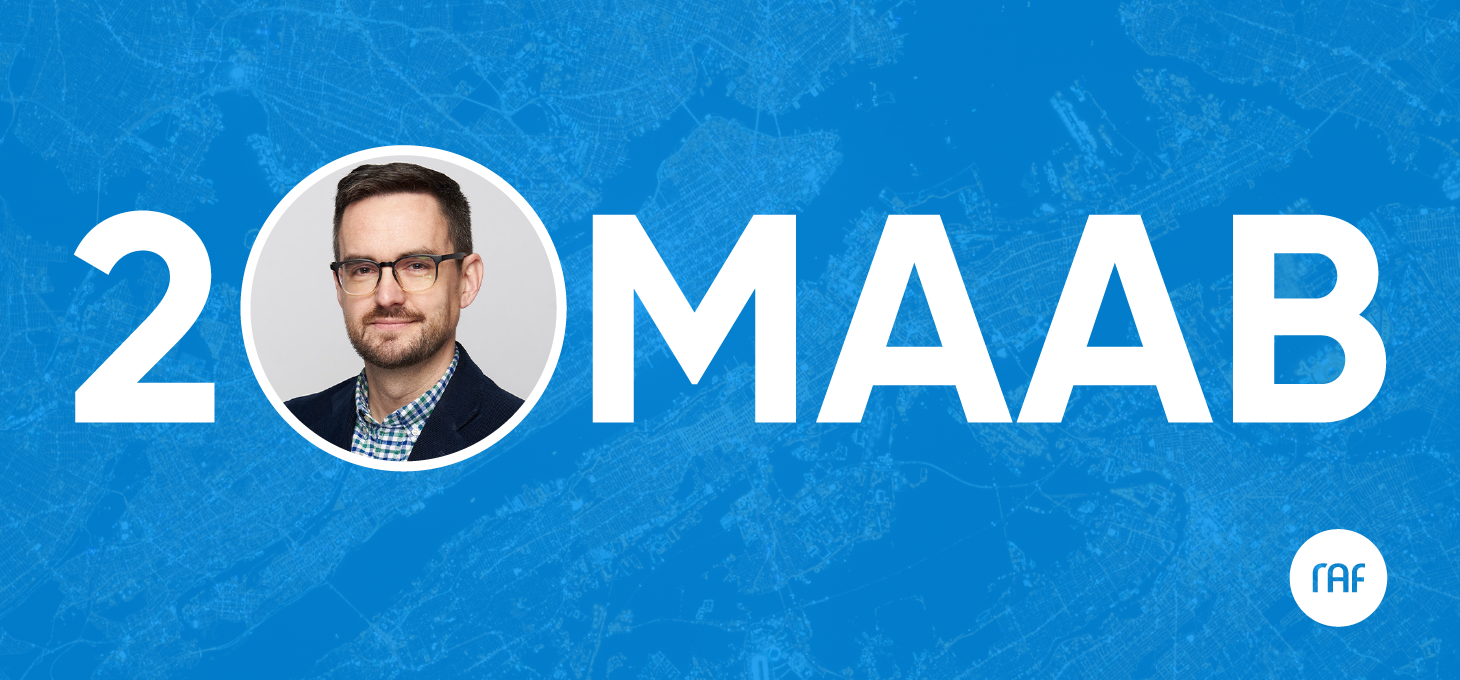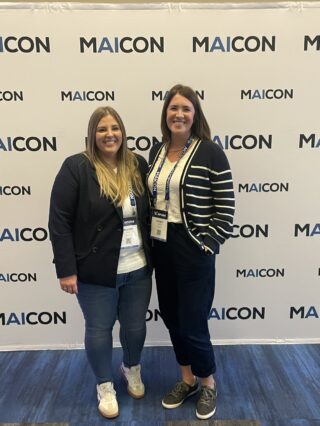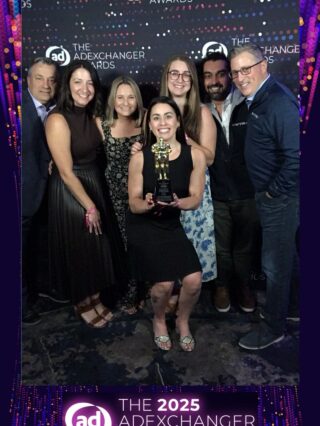These days, I’m finding myself pretty anxious for the future to be here. It’s natural, I think, to consider the future more than usual in uncertain times. How does a circumstance like this change us? What will we pick up, and what will we intentionally leave behind? A quote from 20th-century philosopher Eric Hoffer has been bouncing around in my head a lot. In his book The True Believer: Thoughts on the Nature of Mass Movements, Hoffer says, “In a time of drastic change it is the learners who inherit the future. The learned usually find themselves equipped to live in a world that no longer exists.” In other words, agility serves us well when the ground shifts beneath our feet. Thinking about the world of marketing and advertising specifically, I think this thing is going to make agile learners of us all.
Agility in Marketing
So, what does agility mean in the context of marketing? First of all, it’s self-organizing. Within agile frameworks, marketing teams can decide how to organize work to meet dynamic market demands. It’s also cross-functional. There will be an imminent demand to leave behind the workplace divisions that line up to a world that no longer exists. These attributes allow it to be focused on the highest value activities. Freeing up resources from functional and organizational barriers allows marketers to get to the things that really matter. This means teams can produce work that is relevant, personalized, and authentic.
Why does that matter? The short answer is that consumers already expect that kind of output from brands, and marketers are not delivering it to their main audience. According to SmarterHQ, fewer than 10% of retailers say they believe they are highly effective at delivering personalized experiences, while 80% of consumers say they only shop with brands who personalize their experience. As we move into an uncertain future, there will be opportunity for brands who think about how they can leverage technology to drive authentic brand experiences at scale.
Barriers
When you think about the gap between consumer expectations and marketing reality, it’s important to think about the barriers. Knowing why these things haven’t happened already is an important data point to reflect on when thinking about how to bring them to be.
The first is just simple adoption. New frameworks come at a higher adoption cost for marketers than similar changes in consumer behavior. Brands or agencies may have to restructure teams, hire new people, onboard new technology, and implement new processes, while a consumer may just need to buy a new device, download a new app, or subscribe to a new service. It’s logical to think that the machinery around marketing would lag behind behavior in most cases.
One of the other key barriers is the problem of misaligned incentives. At the highest levels of organizations, the goals are (usually) clear. To reach those goals, executives usually assign objectives to members of their organizations. Those incentives take on a life of their own, and they often outlive their usefulness. As 20th-century Canadian media theorist Marshall McLuhan put it, “Our Age of Anxiety is, in great part, the result of trying to do today’s job with yesterday’s tools and yesterday’s concepts.”
For example, a manufacturer might have a longstanding relationship between top-line revenue and bottom-line profit. Since it’s hard for executives at this manufacturer to assign profit-level objectives to the marketing team, new customer acquisition becomes the goal. When market dynamics change, squeezing margins as a result, executives might task the operations team with controlling costs. It’s not difficult to imagine how these teams would very quickly be working at cross-purposes to meet their respective goals. Agile frameworks should serve to align incentives by offering teams organic paths to common goals.
Innovation
The silver lining to our collective existence is the host of creative solutions we’re seeing. Remote work, the very thought of which once had managers hesitant, is suddenly showing enhanced productivity as we lean into new technologies and professional norms. Education is being reimagined and delivered in creative ways. Patients and doctors have finally realized that some medical issues can be addressed without an in-person visit. Trainers used to working with a dozen or so people at one time are now hosting online workouts with hundreds joining in. Brands and marketers are dusting off projects aimed at improving the digital customer experience. Consumers are realizing just how much can be done virtually when it has to be done virtually. In short, we are adapting.
Everything was Strange and New
While it’s hard to predict exactly what the “new normal” will look like, it’s clear that some of the barriers that have been in the way of the adoption of technology are not going to return. Further advances in technology like 5G connectivity and quantum computing will pick up the current of adoption, providing possibilities we haven’t even considered yet. We are in a time of drastic change towards a different, yet promising future. I, for one, can’t wait to see what’s next.
Scott Ensign is the Vice President of Client solutions at Butler/Till, a Rochester-based marketing services agency. This post is a summary of a virtual presentation he gave as part of the RAF’s 20 Minutes and a Beer series.
Stay healthy and stay safe. #btdoingourpart





